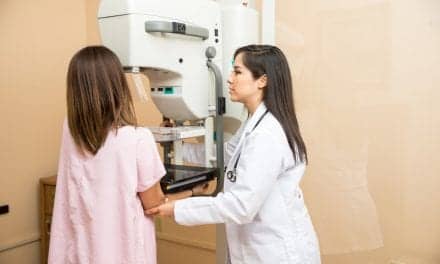Challenging times call for innovative solutions. So, when the doctors, nurses and radiologic technologists vital in the diagnosis and treatment of COVID-19 patients are at increased risk of contracting the disease themselves, maintaining a safe distance between staff and patients wherever possible becomes a necessity.
Limiting the chance of cross-infection is especially important during triage, when infected and uninfected patients share the same diagnostic pathway. When you add in the need to upscale and deploy diagnostic facilities in an agile way to cope with increasing patient numbers and localized COVID-19 outbreaks, it makes sense to find new ways to deploy and install diagnostic solutions.
With both CT and diagnostic x-ray currently playing an important role in assessing the pulmonary damage caused by COVID-19, and in some parts of the world also being used to triage suspected COVID-19 cases, the Philips team in the Philippines has come up with a novel solution to both meeting demand and keeping patients and staff as safe as possible. They are converting industrial shipping containers into CT and x-ray imaging cabins that can be located wherever they are needed—within hospitals, in hospital grounds, or out in the community.
The cabins are equipped with CT technologies such as Philips’ Access CT and Incisive CT, or diagnostic x-ray solutions such as Philips’ DuraDiagnost and DuraDiagnost F30, configured to allow radiologists to perform diagnostic imaging procedures with minimal or no patient contact. Each cabin has an integral lead shield to reduce stray radiation, ultraviolet lamps to sterilize the workspace between use, and a laboratory-grade computer cubicle for the immediate analysis of results. The systems can also be linked into hospital IT networks so that radiologists can remotely view scans.
With laboratory-based COVID-19 tests typically taking up to 48 hours to complete, healthcare authorities in the Philippines are about to start using Philips’ new CT and x-ray cabins to triage patients so they can be immediately isolated if their scan suggests they have COVID-19. In addition to supporting the response to the COVID-19 pandemic, the concept could also offer benefits in other situations—for example, in emergency rescue and disaster relief zones. For Philips’ CT and x-ray cabins, putting everything inside the box is definitely an example of ‘outside-the-box’ thinking.






